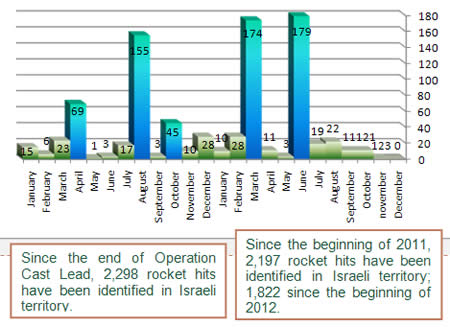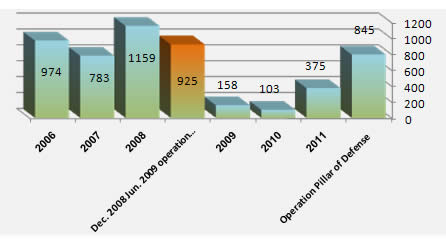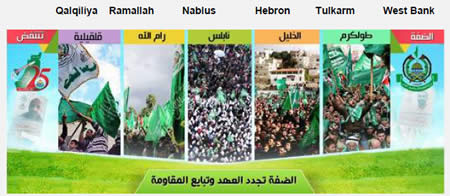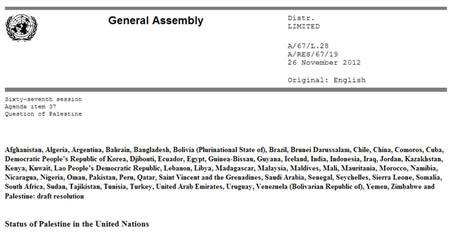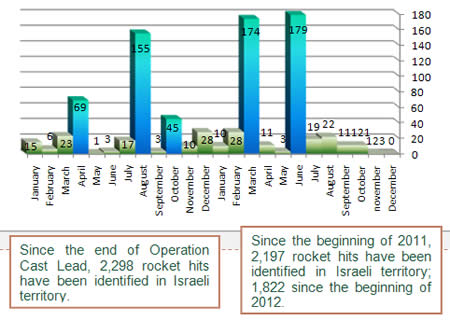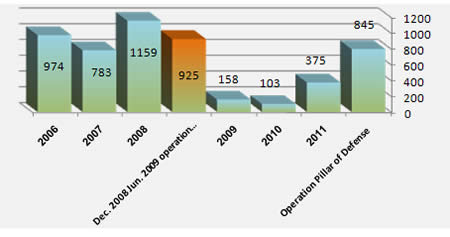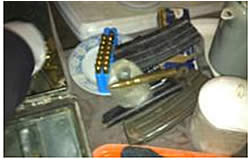Release of unemployment figures reopens discourse on job crisis
Last week the Statistical Center of Iran released up-to-date figures on labor force participation, employment, and unemployment in the country in recent years, broken down into categories according to age, province, and economic sector (services, industry, and agriculture). The figures released by the Statistical Center show that this past summer Iran’s unemployment rate was 12.4 percent, an increase of 1.3 percent compared to the same period last year.
The release of the Statistical Center figures has reopened the discourse on the severe problem of unemployment in Iran and the reliability of official data. Government critics argued that the official data is not an accurate representation of the true state of affairs. The daily Tehran Emrooz discussed the great difference between what Iranian citizens feel is the actual unemployment rate and the official unemployment figures, saying that the difference stems from the fact that the Statistical Center considershousewives and people who work just one hour per week to be participating workers.
Government critics also criticized the performance of the government and warned that the unemployment crisis could have serious consequences. The Tabnak website warned that unemployment in Iran is gradually turning into structural unemployment and that it may lead to an economic catastrophe, while former Majles member Mohammad Khoshchehreh referred to the unemployment situation as a social and security time bomb.
The figures published in the Statistical Center’s report
Last week the Statistical Center of Iran released up-to-date figures on labor force participation, employment, and unemployment in the country in recent years, broken down into categories according to age, province, and economic sector (services, industry, and agriculture). The figures released by the Statistical Center show that this past summer Iran’s unemployment rate was 12.4 percent, an increase of 1.3 percent compared to the same period last year.
The Statistical Center’s report indicates that, this past summer, the labor force participation rate among people aged 10 and up was 38.2 percent: 62.3 percent among men and 14.1 percent among women. The labor force participation rate for this age group in rural areas was 41.1 percent, compared to 37.2 percent in urban areas.
The labor force participation rate among people aged 15 and up was 41.8 percent: 68.3 percent among men and 15.4 percent among women. The labor force participation rate for this age group in rural areas was 45.5 percent, compared to 40.5 percent in urban areas.
The highest labor force participation rate (in the entire population) was recorded in the 25-29 age group (55.9 percent). The highest labor force participation rate among men was found in the 40-44 age group (93.2 percent), while the highest labor force participation rate among women was found in the 25-29 age group (25.4 percent).
In comparison with the summer of 2011, there was an increase of 1.2 percent in the labor force participation rate among people aged 10 and up. For this age group, there was an increase of 1.6 percent in urban areas and an increase of 0.1 percent in rural areas. The labor force participation rate increased by 1.0 percent among men and by 1.7 percent among women.
In comparison with the spring of 2011, there was an increase of 0.1 percent in the labor force participation rate. An increase of 0.1 percent was recorded in urban areas; no change was recorded in rural areas. The labor force participation rate increased by 0.3 percent among men and by 0.2 percent among women.
The unemployment data contained in the report published by the Statistical Center shows an unemployment rate of 12.4 percent among people aged 10 and up. The unemployment rate among men was 10.2 percent; among women—22.1 percent. The unemmployment rate for this age group in urban areas was 14.5 percent, compared to 7.1 percent in rural areas. The same unemployment rate (12.4 percent) was recorded in the 15 and up age group.
In comparison with the spring of 2012, there was a decrease of 0.5 percent in the unemployment rate. A 0.4-percent decrease was recorded in the cities, and a 0.8- percent decrease was recorded in rural areas. The unemployment rate increased by 2.1 percent among women and decreased by 1.0 percent among men.
In comparison with the summer of 2011, there was an increase of 1.3 percent in the unemployment rate. A 2.0-percent increase was recorded in the cities and a 0.5-percent decrease was recorded in rural areas. The unemployment rate increased by 2.1 percent among women and by 0.9 percent among men.
The highest unemployment rate was recorded in the 20-24 age group (29.8 percent). In this age group, the unemployment rate was 24.8 percent among men and 48.5 percent among women.
The report of the Statistical Center indicates that the number of unemployed people in the 15 to 24 age group is on the rise: the unemployment rate for this age group was 23.3 percent in 2005, 23.5 percent in 2006, 22.3 percent in 2007, 23 percent in 2008, and reached 24.7 percent this past year.
In its analysis of employment data by economic sector, the report indicates that the highest rate of employment is in the services sector (46.9 percent) followed by the industry sector (32.7 percent), and that the lowest rate of employment is in the agriculture sector (20.3 percent). The report indicates that the number of employed farmers has decreased from 5.1 million in 2005 to 4.3 million in the past year.
Of Iran’s 31 provinces, West Azerbaijan Province had the highest rate of employment in the agriculture sector: 43.8 percent. The lowest rate of employment in the agriculture sector was in Tehran Province: just 1.7 percent. A total of 20.3 percent of the labor force was employed in the agriculture sector in 2012.
Chaharmahal and Bakhtiari Province had the highest rate of employment in the industry sector: 43.8 percent. The lowest rate of employment in this sector was recorded in Bushehr Province: 21.5 percent. A total of 32.7 percent of Iran’s labor force was employed in the industry sector in 2012.
Tehran Province had the highest rate of employment in the services sector: 67.3 percent, compared to West Azerbaijan Province, which had the lowest rate of employment in this sector: 31.6 percent. A total of 46.9 percent of Iran’s labor force was employed in the services sector.
Employment rate by sector (in percent)
|
Year |
Agriculture sector |
Industry sector |
Services sector |
|
2005 |
27.7 |
29.3 |
43 |
|
2006 |
26.2 |
30.7 |
43.1 |
|
2007 |
25.1 |
31.5 |
43.3 |
|
2008 |
22.3 |
31.9 |
45.7 |
|
2009 |
21.9 |
31.9 |
46.2 |
|
2010 |
21.1 |
31.5 |
47.5 |
|
2011 |
20 |
33 |
47 |
|
2012 |
20.3 |
32.7 |
46.9 |
The report also discusses the rate of underemployment (a situation in which a person qualified for a certain position works in a job that requires lower qualifications). 8.2 percent of workers were underemployed this past year: 9.8 percent of men and 4.7 percent of women. The rate of underemployment in urban areas was 7.2 percent, and 10.5 percent in rural areas.
The report also includes an analysis of employment and unemployment data by province. The highest labor force participation rate was recorded in the provinces of West Azerbaijan (45.2 percent) and Gilan (43.4 percent). The lowest labor force participation rate was recorded in Sistan-Baluchistan Province (24.6 percent).
The highest unemployment rate was recorded in Fars Province (21.2 percent), followed by Lorestan Province (20.5 percent). The lowest unemployment rate was recorded in South Khorasan Province (6.3 percent). The unemployment rate increased in 20 provinces and decreased in 10 provinces compared to the same period last year (the full report is available at http://www.amar.org.ir/Portals/0/Files/fulltext/1391/n_niru_t91.pdf).
Government critics dispute report data
The release of the Statistical Center figures has reopened the discourse on the severe problem of unemployment in Iran and the reliability of official data. Hossein Kamali, the former minister of labor in the reformist administration, said in an interview given to ILNA News Agency that the unemployment data released by the Statistical Center is not an accurate representation of the true state of affairs. He criticized the Statistical Center for not publishing real data, saying that the release of the data is misleading to the public and has become an instrument in the hands of the government, which does not make actual figures available to its citizens (ILNA, December 22).
Tehran Emrooz, a daily affiliated with Tehran’s Mayor Mohammad-Baqer Qalibaf, also argued that the data released by the Statistical Center does not reflect reality and that the unemployment rate is much higher than what the official data suggests. An editorial published by the daily earlier this week said that the difference between what Iranian citizens feel is the actual unemployment rate and the official unemployment figures stems from the fact that the Statistical Center considers every person working at least one hour per week to be “employed”, and also counts housewives as participating workers. While this definition has in fact changed the employment data, the real question is whether people who work just one hour per week can provide for themselves and for their families. Even someone who is single is unable to provide for himself if he only works one hour per week, and placing him within the definition of “employed person” does not change reality and only makes the public more distrustful of the official data.
The daily said that the Statistical Center of Iran needs to explain how it has arrived at the official unemployment rate of 12.3 percent, and how many people who are considered to be employed work just one hour per week. Answers to these questions may shed light on the difference between the official data and the feelings of Iranian citizens, who believe that the unemployment rate—particularly among young people—is approaching 50 percent (Tehran Emrooz, December 22).
The unemployment is a social and security time bomb
Following the release of the unemployment data, government critics once again criticized the economic performance of the government and warned that the unemployment crisis could have serious consequences. The Tabnak website argued that, unlike the inflation rate, the high unemployment rate does not receive sufficient attention even though it may lead to the collapse of Iran’s markets.
According to a commentary article posted on the website, economic experts agree that a high unemployment rate not only creates severe problems for individuals and families but also has adverse effects on the macroeconomic level. The website listed a number of severe economic and social consequences that result from the ongoing unemployment crisis. In the economic sphere, the high rate of unemployment leads to a loss of economic resources, damage to economic growth, decline in the state’s tax revenues, increase in state expenses on unemployment benefits and social services, and severe impact on human capital, since people who are not employed gradually lose their professional skills after the state invested considerable amounts of money in their training. In the social sphere, unemployment at its current level leads to an increase in crime (economic, criminal, and even political), growing desperation among the Iranian people, rise in divorce rates, and increased prevalence of physical and mental illness. Tabnak warned that unemployment in Iran is gradually turning into structural unemployment and that it may lead to an economic catastrophe (Tabnak, December 22).
In an article published by the reformist daily E’temad, former Majles member and economist Mohammad Khoshchehreh also warned about the consequences of unemployment. He argued that unemployment in Iran is an economic, security, cultural, and social time bomb, and that it is impossible to ignore a situation where one third of the population are unemployed. The only thing that has so far prevented a security flare-up as a result of the high unemployment rate is the money paid by the government to Iranian citizens under the subsidy reform. Given the decrease in economic and financial resources as a result of the government’s mismanagement and the escalating sanctions, it is impossible to keep paying money to the citizens. Accordingly, the issue of employment has to be put at the top of the economic priority list and promptly resolved (E’temad, December 22).
Ahmad Shohani, a Majles member for Ilam Province, strongly criticized the government’s performance, saying that, contrary to statements made by top government officials according to which the government has produced 2.5 million jobs in recent years, it has not even produced 500 thousand jobs. Shohani noted that the employment situation is particularly severe in periphery provinces, such as Ilam, where the government sector makes no investments while the private sector is too weak and is either unable or not interested to invest (Mardom Salari, December 23).

















